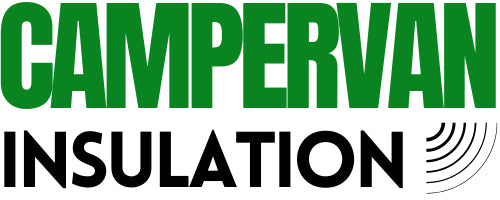Difference Between Sound Deadening & Soundproofing
Frequently Asked Questions
How to Access Product Instructions on Our Website
Yes, we provide detailed instructions for each product directly on our website. Here's a step-by-step guide to finding and using them:
1. Log in to Your Account:
- Access your account on our website where your order details are stored.
2. Locate Your Product:
- Navigate to the product you need instructions for by clicking on it in your order history.
3. Find the Instructions Section:
- Scroll to the bottom of the product description page. Look for the highlighted section labeled"Instructions - How to Use".
4. Download the PDF:
- Click on the highlighted section to open the PDF instructions.
- You can download, print, and refer to these instructions during installation for ease and accuracy.
This straightforward process ensures you have all the guidance needed to install your product effectively.
Absolutely! With years of experience, we’re here to answer all your questions. Simply email us at info@campervaninsulation.co.uk, and we’ll respond promptly to assist you.
Recommendation:
For most campervan builds, a two-layer approach (sound deadening + foam insulation) provides a great balance between performance and cost. If you’re aiming for maximum efficiency or plan to camp in extreme weather, go for a three-layer system.
If you'd like specific product suggestions, let me know your campervan model and intended use!
Yes, we deliver outside the UK.
Please email us on info@campervainsulation.co.uk to receive a quote.
Yes, we offer free collection Monday to Friday, from 9 a.m. to 3 p.m.
We are based in 3 Watling Court, Nuneaton, CV11 6GX
The Standard Delivery takes 2-5 working days.
We also offer Next Day delivery.
It takes 2-5 working days for orders to arrive within the UK Mainland. If your tracking hasn’t updated within 2 working days, please email us at info@campervaninsulation.co.uk, and we will investigate this for you.
For orders outside the UK mainland, please allow an additional 3 working days.
If you have any questions please email us at info@campervaninsulation.co.uk, and we will come back to you as soon as possible.
Simply, contact our customer services on 02477 670370 or e-mail info@campervaninsulation.co.uk and state that you are returning your order so that we could ensure it is processed immediately upon receipt. Send the products back and we will arrange an exchange or refund.
We are happy to offer an exchange or a refund, provided an item is returned to us unused, in it's original condition and within 30 calendar days of receipt.
You need to take reasonable care when returning an order to us as you will be responsible for the return.
As such, we recommend taking out a tracked, insured return. If you want an alternative product please call us and we can arrange this for you (shipping fee will have to be covered by the customer).
If the delivery fee was included in the price, we will deduct the delivery costs from the refund's total, once return is received.

